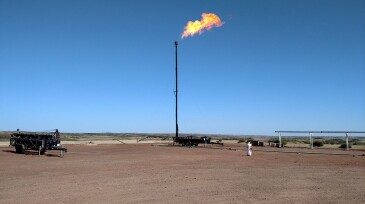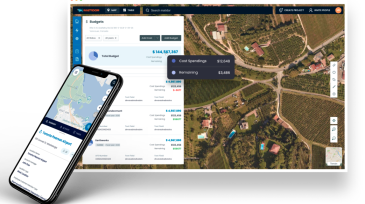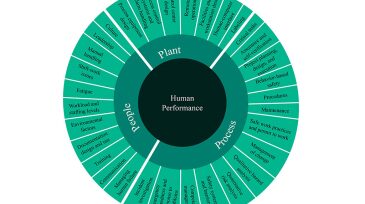Technology
EZOps will integrate its Mobile Oilfield Management platform into the college’s energy technology program, giving students hands-on experience with digital tools used in modern oilfield operations.
The software will enhance education and research across energy, geothermal, mining, and geotechnical engineering by giving students and faculty hands-on access to industry-standard tools used worldwide.
AI is transforming oil and gas, but the real change will come from young professionals (YPs) who bridge technology and field expertise. By leading pilots, building networks, and challenging old assumptions, YPs can drive the industry’s digital transformation from within.
-
Traditional solutions do not solve the problem of flaring. The large amount of power produced at the well pads using power generators or turbines may be utilized by heavy duty equipment or some other type of a large electric consumer—Bitcoin.
-
Geothermal energy is arguably the most renewable and abundant form of energy on the planet. So why is it that less than 1% of the world is currently powered by geothermal energy?
-
With an eye to the future, Interface Fluidics is bringing nanotech to the oil field.
-
TWA editor Stephen Forrester recently had a conversation with Sean Huang, Cofounder of Matidor about his current venture and his prior experiences as an entrepreneur.
-
If a well is accurately placed in a hydrocarbon production zone the first time, there is less risk to personnel, less impact to the environment, and a better return over the life of the well for the operator.
-
Highly deviated wells are frequently drilled for oil and gas production, but the Utah FORGE team is set to tackle this challenge while drilling a geothermal well in hot, hard crystalline granite.
-
Competency in human factors is all too often focused on frontline operators, and the importance of human-factors skills among other groups is unappreciated. To be truly effective, human-factors principles have to be implemented throughout an organization.
-
Wellbore tortuosity is a term that has steadily increased in relevance to the oil and gas industry over the past decade, but its importance is especially clear in the current environment.
-
This article briefly reviews two examples of how the integration of data-driven and physics-based models can optimize the history-matching process in reservoir simulation and rate of penetration in drilling operations, leading to more robust and efficient outcomes.
-
While NASA is working aggressively to meet its near-term goal of landing the first woman and next man on the Moon by 2024, its Artemis program also is focused on taking steps that will establish a safe and sustainable lunar exploration architecture. NASA is taking a critical step forward by releasing a solicitation for commercial companies to provide proposals for the…













